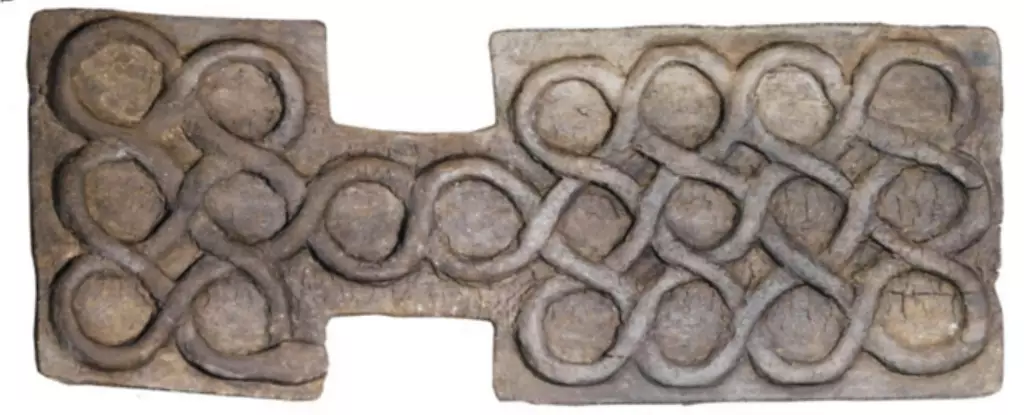Board games have been a cornerstone of human interaction and entertainment for millennia. Recently, a remarkable archaeological discovery in southeastern Iran has illuminated the game’s role in ancient societies. Unearthed from the grave of a inhabitant in Shahr-i Sokhta, a thriving metropolis approximately 4,500 years ago, this extraordinary find has sparked renewed interest in ancient gaming practices. This discovery not only offers a glimpse into recreational activities of the past but also challenges our understanding of cultural engagement, strategy, and social interaction in an ancient context.
Despite being excavated in 1977, it wasn’t until recently that researchers such as Sam Jelveh, a computer scientist from the University of Essex, in collaboration with independent archaeologist Hossein Moradi, attempted to reconstruct the gameplay of this ancient board game. Their innovative approach combined computer modeling with the physical analysis of artifacts, pushing the boundaries of what we know about ancient gaming. By carefully analyzing the game pieces, the board’s layout, and utilizing probability models from similar games, they were able to propose plausible gameplay mechanics.
Interestingly, the recovered game set featured components such as 27 unique pieces, a board with circular spaces, and four dice, which showcase the sophistication of recreational activities at that time. The primary challenge lay in deciphering the complete rules, especially since the game bears similarities to other ancient games, like the Royal Game of Ur. This tantalizing mystery, one that has engaged the intellectual curiosity of scholars for decades, illustrates the complexities often contained within historical artifacts.
The layout of the Shahr-i Sokhta board is fascinating; its snake-like design comprises various sections that serve distinct functions. This arrangement suggests that the game involved strategic planning and positioning, bringing a competitive element akin to modern board games. The research identified the roles of two different sets of 10 ‘runner’ pieces for each player, star-shaped ‘safe houses’, and cone-like ‘blocker’ pieces, revealing a diverse gameplay element that requires user interaction and strategic thought.
According to the researchers, players rolled the dice to advance their pieces, mirroring the mechanics found in many contemporary games. The intrigue lies in understanding how this ancient game not only provided entertainment but may have acted as a social tool, fostering bonds and camaraderie among players. This mirrors the role of games today, where social engagement is just as valuable as the gameplay itself.
Shahr-i Sokhta experienced its zenith during the third millennium BCE, highlighting its importance in historical narratives of human civilization on the eastern Iranian plateau. The recent revelations about the board game reflect a robust gaming culture prevalent in that era, as evidenced by the discovery of over a hundred similar artifacts in the region. The ability to engage in leisure activities reflects the values and daily lives of these ancient communities, allowing us to draw parallels with modern societal values, where leisure and cultural activities play significant roles.
Interestingly, the designation of this game as the “game of twenty squares” indicates an enduring legacy and acceptance of this gaming style throughout ancient Near Eastern societies. Its variants speak to a community engaged in entertainment that also fosters competitive spirit. As researchers continue to unveil layers of information, the realization of how deeply intertwined this game was with social customs and community life has become increasingly pronounced.
The exploration of the Shahr-i Sokhta board game not only adds to our understanding of ancient life but highlights the lasting significance of games in shaping cultural narratives. By unearthing the potential mechanics and intended gameplay, modern researchers are breathing life into an aspect of history often overlooked. As more discoveries emerge, they will inevitably provide fresh perspectives on age-old pastimes, allowing us to draw connections to our present-day experiences.
This new understanding of ancient games exemplifies the timelessness of play, reminding us that the thrill of competition, strategy, and community has been an integral part of the human experience for centuries—one that resonates just as powerfully today as it did thousands of years ago. In doing so, we continue to celebrate the legacy of our ancestors, reminding ourselves that the joy of games transcends time and culture.

Leave a Reply